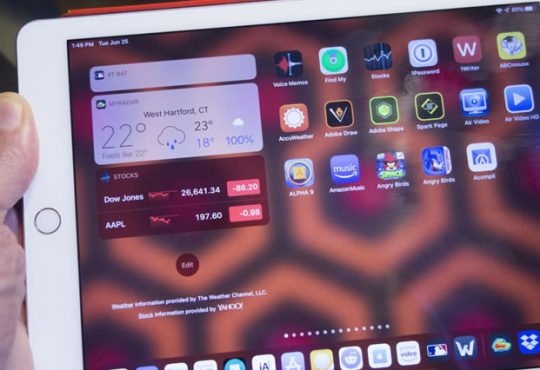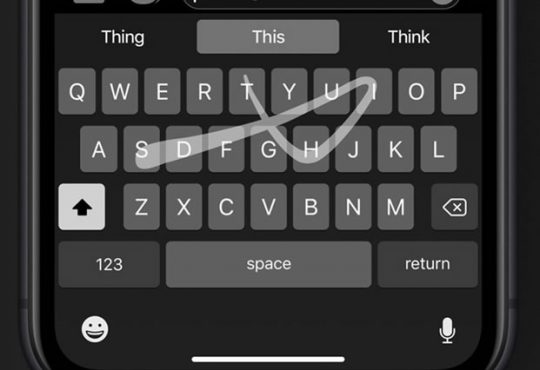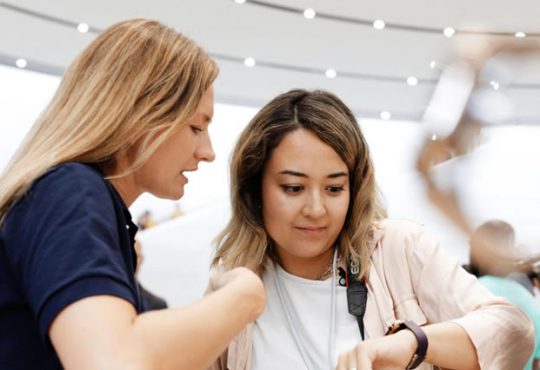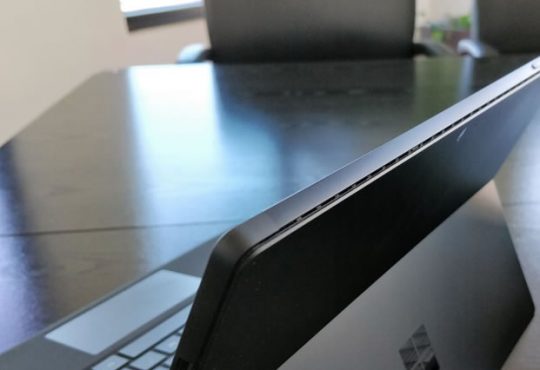I’ve been believing a whole lot regarding motions recently — not pleasant motions, mind you, or perhaps not-so-friendly motions of the single-fingered range, yet instead the kind of motions we swipe onto our displays as well as utilize to navigate our phones.
Android 10, as you possibly recognize now, presents an entire brand-new system of motions right into the os. And, well, they’re sort of a variety.
Now, don’t obtain me incorrect: Android 10’s motions have actually definitely improved because their unpleasant launching at an early stage in the growth procedure. And typically nowadays, they’re rather pleasurable to utilize (as soon as you obtain utilized to ’em, anyhow). But they still have actually some troublesome components entailed — methods which utilizing them really feels confusing as well as totally suboptimal. And I’ve lastly place my finger on precisely what those problems are.
Here, after that, are the problems Google requires to concentrate on as well as fix in order to press Android’s motions ahead as well as ravel their still-slightly-rough-around-the-edges nature.
1. Consistency
The problem: The largest remaining defect with Android 10’s motions is both easy as well as very discouraging: When you swipe your finger on your display, you commonly don’t recognize what result you’re going to obtain — as well as the activity that winds up taking place regularly isn’t the one you were attempting to accomplish.
Almost every one of this focuses on Android 10’s brand-new Back motion, especially, which trades the typical Android Back switch for a swipe internal from either the left or the ideal side of the display. The trouble is that that exact same motion overlaps with as well as straight disputes with a reasonable quantity of existing activities within the os.
The most popular amongst those — as well as one we’ll attend to in even more information momentarily — is the opening of an application’s primary food selection, regularly referred to as a navigating cabinet. But that’s much from the only location where this trouble shows up.
A couple of instances I’ve come across various times myself over the previous a number of days:
- When swiping via photos in Google Photos, you swipe in from the ideal side of the display to progress one photo as well as from the left side of the display to return. But think what takes place about 20 percent of the moment on those swipes? The software program translates your motion as being the system-level Back command — and after that, rather than taking you to the following or previous photo, it disposes you out of the full-screen image sight totally as well as back onto the primary Photos residence display. The distinction in between a back activity within the image sight as well as a Back command at the system degree is actually a solitary millimeter on your display, as well as it’s difficult to forecast with any type of uniformity which result you’re going to obtain on any type of offered effort.
- When doing on-device modifying in an application like Snapseed, AZ Screen Recorder, or any type of variety of various other comparable energies, you regularly relocate your finger along sliders (either on-screen or undetectable) to change a picture’s or a video clip’s top qualities. And, of course, that straight gliding movement remains in straight competitors with the Android 10 Back motion. Start your finger simply a little as well near to the side of your display — also when it’s well within the application’s limits for its feature — as well as you wind up revoking the modifying display totally as well as possibly also shedding your job.
- When utilizing an application with a listing of products that can be swiped away to be archived — Gmail, Messages, Keep, as well as numerous others — it’s all as well very easy to attempt to turn on the system-level Back command to leave out of the application as well as rather locate on your own swiping away a product as well as archiving it unintentionally. I’ve inadvertently archived a number of e-mails as well as various other products in this fashion, as well as by the time I understand what occurred, it’s commonly far too late to find out what I sent out away inadvertently.
The response: Instead of counting on application designers to prepare a magic solution for preventing these kind of circumstances — something that plainly isn’t a reliable choice, specifically taking into consideration that Google’s very own applications are amongst the most awful culprits — Google requires ahead up with clear, regular policies that make it difficult for applications to disrupt the Android 10 Back motion. And after that, it requires to in fact implement them.
That indicates the means we’re accustomed to engaging with a lot of these applications will certainly need to alter. Horizontal swiping motions will certainly need to come to be far more minimal in range than they are right currently — probably with activities originating from the facility of the display rather than the side — or they’ll need to be eliminated totally for a few other much less bothersome pattern. Either plan is much better than having 2 motions that contravene each various other as well as cause changability.
And, most importantly, it’s up to Google to make this a company, non-negotiable demand that application designers have to comply with if they desire their applications to be suitable with Android 10 phones. That’s the only means uniformity will certainly take place — as well as the only manner in which utilizing Android 10 motions will certainly come to be a dependably excellent experience.
That leads us right into our 2nd achilles’ heel…
2. Commitment
The problem: As it stands currently, Google’s taking an instead wishy-washy, weak-seeming position on devoting to its brand-new motion arrangement. Sure, the brand-new Android 10 Back motion entails a swipe in from the side of the display — yet what’s that you state? Your application has a food selection cabinet that likewise entails a swipe in from that similar location? Well, gosh, okay, after that. Let’s locate a method to make every person satisfied.
Here’s an information flash: Trying to please every person often tends to cause a less-than-ideal experience for every person — as well as when it comes to Android 10’s Back motion, that’s definitely what we’re seeing play out. The software program’s technique of having 2 a little various variants on the exact same motion for opening up an application’s food selection cabinet as well as turning on the system-level Back command is confusing as well as difficult to master. And the incorporation of a hidden “Back Sensitivity” readying to (in theory) permit the individual to change exactly how commonly one activity or the various other takes place is simply simple silly.
The response: Instead of attempting to make every person satisfied — as well as producing an uncomfortable concession on every side of the scenario — Google requires to devote completely to its brand-new motion system as well as change the remainder of the setting appropriately. In various other words, don’t awkwardly attempt to stuff in assistance for 2 overlapping as well as contrasting patterns; simply alter the damn habits and after that stick to the choice.
That inevitably indicates removing the swipe-in pattern for application navigating cabinets, removing the confusing two-in-one arrangement as well as the coming with setup to sustain that duality, as well as scheduling the swipe-in-from-the-side activity solely for the system-level Back feature. Force application designers as well as phone-owners to approve the suggestion that application cabinets are opened up by touching the food selection symbol rather than gliding internal. Make a choice, take a position, as well as treat it as a real platform-wide criterion.
Changing standard os patterns definitely isn’t very easy, yet coming close to such a change with uniformity as well as dedication is the only means to make it efficient — which, my fellow screen-swipers, is what we require to see take place if Android 10’s motions are gonna obtain any type of much better.





